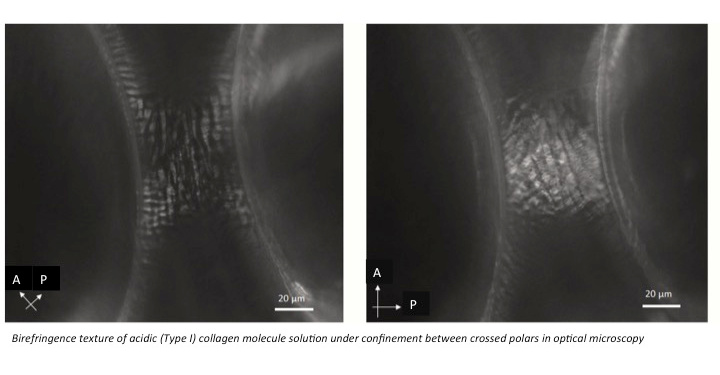Biomineralization – Composite Self-assembly
“Understanding of the interfacial ion transfer and transport properties in biological and biomimetic apatites by coupled electrochemical methods resolved at temporal level ”
This project aims at understanding both the structural characteristics of bone apatite crystals and the related interactions with the ions present in its environment from the inception of mineralization to the changes that occur during crystal maturation (« crystal aging ») . For this purpose, my work focuse on the ion transfer and transport behavior of a large range of hydroxyapatite (HAPs) (From highly crystalline (HA) to biomimetic carbonated hydroxyapatite (CHA) and biological apatite nanoparticles (BHA) by using a coupled electrochemical method based on the impedance spectroscopy and a fast quartz crystal microbalance. The main interest is to characterize the interactions between HAPs and the different ionic species in the aqueous environment as it occurs in the extracellular fluid in vivo. It is highly important to understand the ion and/or water interactions in native bone and also in available synthetic HAP materials to improve our understanding synthetic bone-like materials.
Collaboration: Dr. Özlem Sel (LISE, SU)
“Design of cylindric and spongious units of bone”
Bone is a composite material which closely associates a dense and organized collagen organic matrix (mainly type I collagen fibrils) with an apatite mineral network. From nanometers to millimeters and beyond, bone is hierarchically structured to provide maximum strength with a minimum of material. Although the structure/function relationship in bone is central, little attention has been paid to the long-range collagen/hydroxyapatite (HA) structure in in vitro models. Despite being one of the most studied living materials, bone structures are still not reproducible in vitro. The challenge is to reach higher levels of bone hierarchical organization enlarging the relevance and applications of bone models. Two organizations are aimed in parallel: the spongy bone and the cylindrical motif (osteons). Both imply the texturization of the liquid-crystalline phase made of a mixture of highly concentrated acidic collagen with the HA precursors.
The resulting materials will provide original models to advance in the understanding of the fundamental questions on bone biomineralization. More specifically, we propose a physicochemical point of view of the development of anisotropic textures in living tissues. Additionally, the development of biomimetic hierarchically-structured materials offers a remarkable substrate to study the impact of hierarchical organization, for example, on mesenchymal stem cells’ or bone-forming cells’ (osteoblasts) behavior (adhesion, differentiation, specific cellular functions).

Collaboration: Dr. Franck Artzner (IPR, Rennes)
